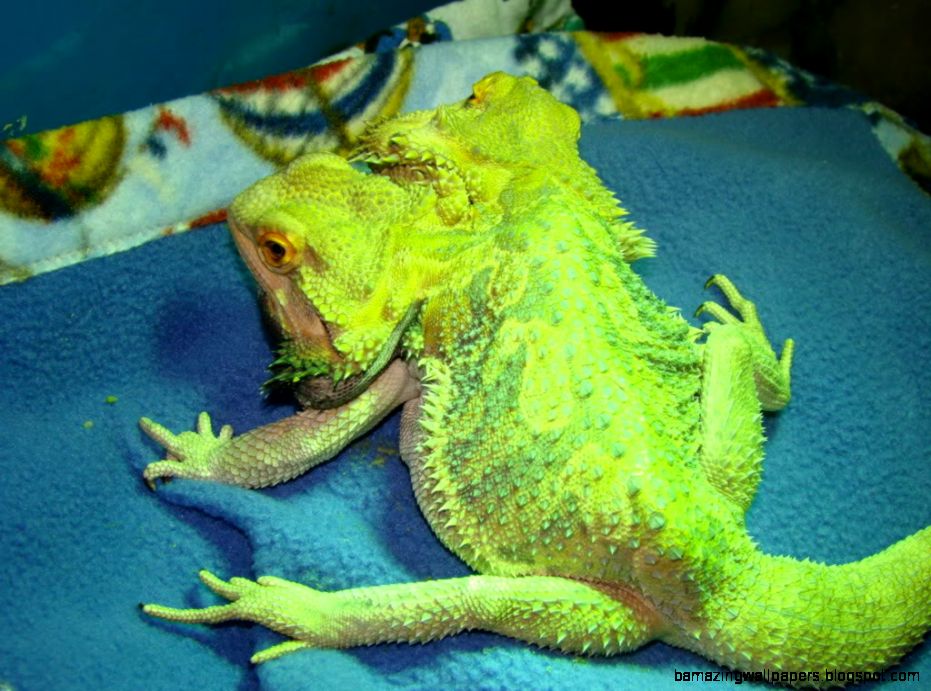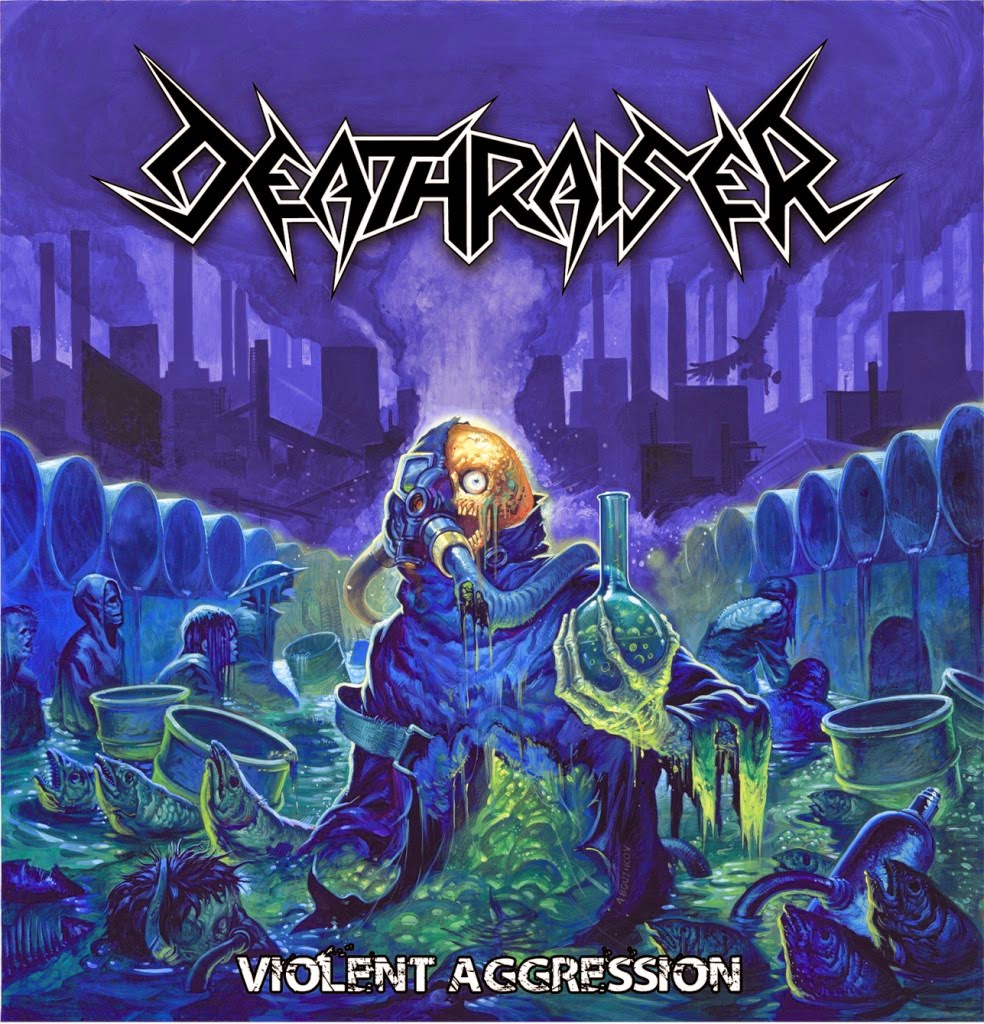Dealing with an Aggressive Bearded Dragon: Tips and Tricks for Beginners
Introduction
Bearded dragons are an interesting and fun pet to have. They are docile and easy to handle, making them a perfect choice for beginners. However, some bearded dragons can display aggressive behavior, which can be a cause for concern. In this blog post, we’ll discuss some of the reasons why bearded dragons can become aggressive and provide some tips and tricks to deal with an aggressive bearded dragon for beginners.
Reasons for Aggressive Behavior
Before we dive into how to deal with an aggressive bearded dragon, it’s essential to understand why they display aggressive behavior. Bearded dragons may become aggressive for several reasons. Some of these are:
- Territorial aggression: This happens when a bearded dragon feels like its space is being invaded, and it tries to defend it aggressively.
- Hormonal aggression: During the breeding season, male bearded dragons can become aggressive towards other males, especially if they share spaces.
- Fear aggression: Bearded dragons may become aggressive when they feel threatened or scared by their surroundings or the people handling them.
- Handling aggression: Poor handling can make bearded dragons uncomfortable, leading to aggressive behavior.
Tips and Tricks for Dealing with an Aggressive Bearded Dragon
Here are some tips and tricks to help beginners deal with an aggressive bearded dragon:
1. Understand your Bearded Dragon’s Body Language
Bearded dragons’ body language can tell you a lot about how they’re feeling. It’s essential to understand their body language to avoid triggering aggressive behavior. Show your bearded dragon that you’re friendly by speaking to them in a gentle tone, offering treats and scratching their neck gently. This will help you to befriend them and avoid triggering territorial aggression.

2. Address Territorial Aggression
Territorial aggression is a natural behavior in bearded dragons, but there are things you can do to minimize it. Give your bearded dragon enough space so that it doesn’t feel overwhelmed or threatened. Also, place hiding spots in their enclosure that can provide them a sense of security.

3. Address Handling Aggression
Handling aggression can be addressed with proper handling techniques. Always pick up your bearded dragon securely and with gentle support. Don’t forcefully handle them or startle them when they are busy with something.

4. Address Fear Aggression
Fear aggression is usually the most challenging aggression to address. It can be caused by a lack of interaction with humans or a traumatic experience. To address fear aggression, start by taking things slow and gradually introducing yourself to the bearded dragon. Start with short interactions, offering treats and gentle scratches on their neck. This will help build trust and make them feel more comfortable.

5. Know When to Seek Professional Help
Sometimes, despite your best efforts, an aggressive bearded dragon’s behavior may persist. In such cases, it is essential to seek professional help. A reptile veterinarian can assess your bearded dragon and develop a plan for addressing the aggression.
Conclusion
Managing an aggressive bearded dragon can be challenging, but with the right approach and techniques, it is possible to effectively address their behavior. As a beginner, keep in mind that bearded dragons have unique personalities and that some may be naturally more laid-back, while others may be more predisposed to aggression. With patience, understanding, and proper care, your bearded dragon can thrive, and aggressive behavior can be minimized.
